“My mother says I’m a piece of shit.” My 18-year old patient sits at the head of a conference table, her face stony with resolve. The members of her care team are surrounding her. She asks, “Why do you all care about me when I don’t even care about myself? That’s just weird.” Her resolve crumbles and tears begin rolling down her cheeks.
The attending physician stares at her before responding. “We don’t know you,” she says. “But we do care about you. You’re right-it’s a weird concept.”
It took this exchange-during my final year of medical school-for me to fully grasp the unusual nature of the empathy that we have for our patients. As medical students, most of us have described ourselves as empathetic or compassionate at some point. But I’ll wager that most of what we know about empathy comes from close relationships, be they with friends, family members, or even repeat clinic patients. It’s not difficult to understand how these established relationships could be colored with empathy. After all, these are relationships that we usually choose to have, or at least, choose to continue having, and in many cases, they’re relationships of mutual benefit.
As medical students, much of our experience is gained on the inpatient units in the hospital, with patients who are thrust into our service. While it is possible that the relationships we have with those who are closest to us serve as templates for empathy, the relationships that we develop with our hospitalized patients are different in several ways. First, we do not choose these relationships. Generally, patients are assigned to us regardless of our desire to have them as patients. Part of being a physician in training implies consent to treat patients. Another reason why our relationships with patients are unique is that we rarely can choose to terminate a relationship with a patient who we are treating. Finally, the relationship between the hospitalized patient and the doctor is not mutual. Hospitalized patients cannot and should not offer any direct benefits to their treatment team. My relationship to this 18-year old patient fit all the aforementioned parameters: I did not choose her as my patient, I could not stop my service to her, and I enjoyed no direct benefit from her as my patient. And yet, even accepting the above as true, even recognizing that I had only known this person for 48 hours at the time of this discussion, my empathy for her was not any less genuine than my empathy for my best friend or closest family member.
Does being a physician mean that we are forced to have empathy for near-complete strangers? Or does it mean that the people who choose this profession are characterized by an ability to freely give empathy to those who cross our path?
Interestingly, the word “empathy” did not reach the English language until 1909. Derived from the German word “einfuhlung” (or “feeling into”), it has been a continually enigmatic concept that has eluded any simplistic definition. Philosophers have described empathy as a central emotive descriptor that characterizes the feeling one has when they recognize the human spirit in another.[1] Even neuroscientists have taken up the job of trying to define empathy, noting that mirror neurons, which are neurons that fire when one living creature acts and then observes the same action in another living creature, may play a role in the development of empathy.[2]
Reflecting on my patient’s remarks has given me serious cause to contemplate what empathy means to me as a soon-to-be physician. While I can speak only for myself, I think the thing that makes me different is not my capacity to give empathy, but my desire to foster relationships with my patients. Even though my relationship with that patient may have been only days old, the quality of that relationship and therefore my ability to feel empathetic towards her, is a direct reflection of my desire to have that relationship. While I did not choose the patient, I chose to get up that day and practice medicine, and empathetic medicine is the only kind of medicine I know how to practice.
[1] https://plato.stanford.edu/entries/empathy/
[2] https://www.ncbi.nlm.nih.gov/pubmed/18793090
Photo Credit: Sean MacEntee


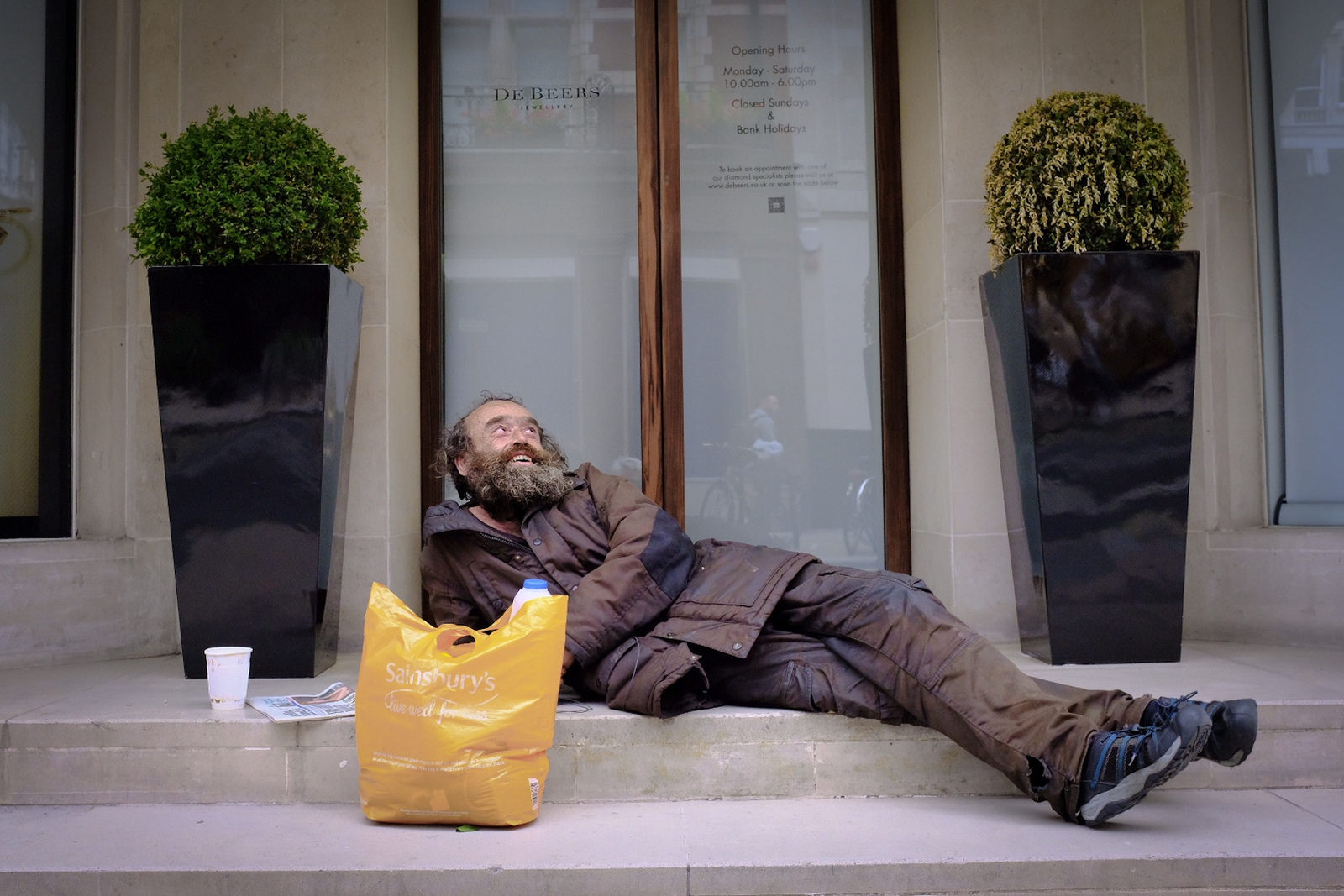


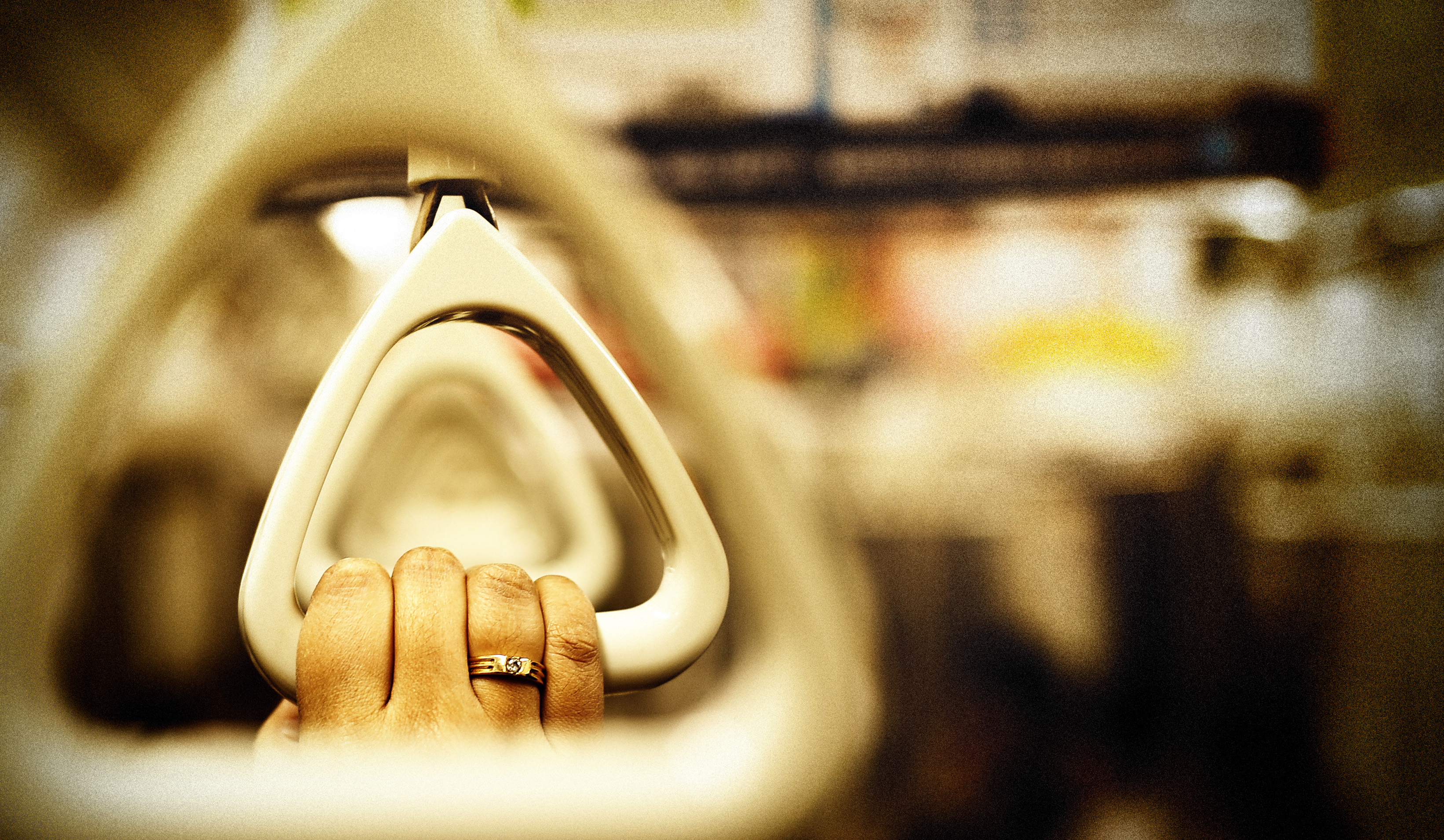
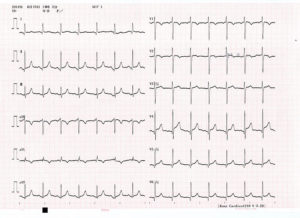
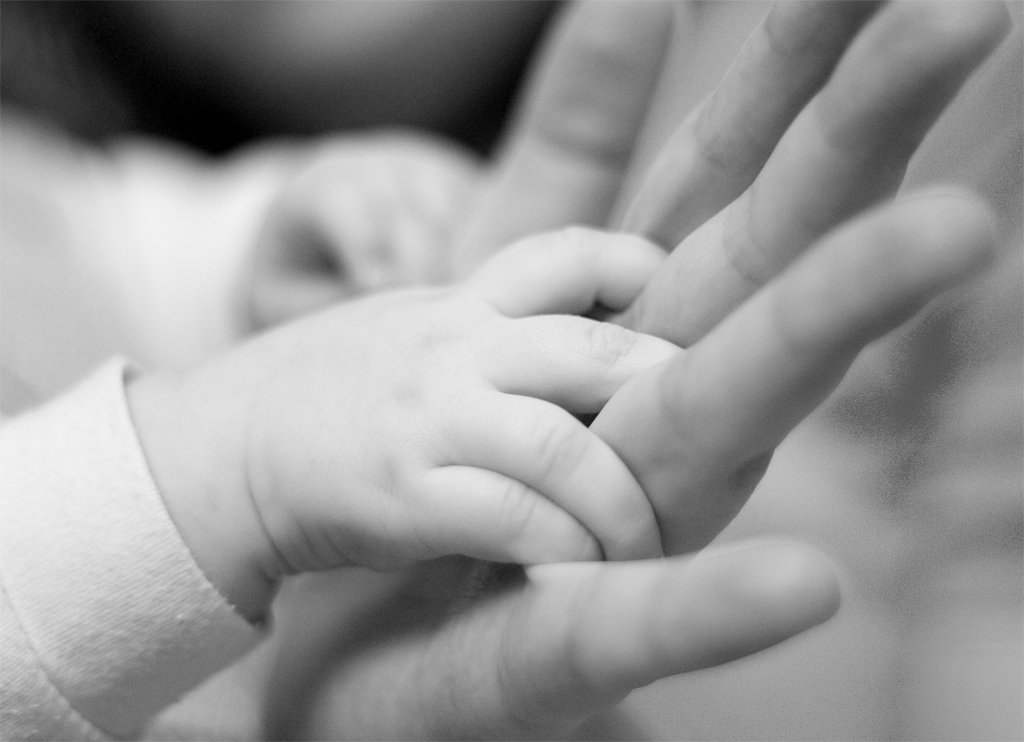


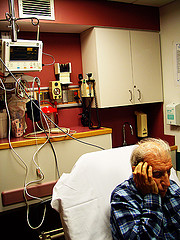


 consistently been shown to have a positive impact on mental health. Dr. Martin E. P. Seligman, a psychologist at the University of Pennsylvania, asked study participants to write letters of gratitude to people in their lives whose important contributions had previously gone unacknowledged. He then quantified the impact of these letters on the study participants’ letter writers by providing them with a happiness score. Unsurprisingly, the mere act of writing the letter and expressing gratitude was found to boost each participant’s happiness score.
consistently been shown to have a positive impact on mental health. Dr. Martin E. P. Seligman, a psychologist at the University of Pennsylvania, asked study participants to write letters of gratitude to people in their lives whose important contributions had previously gone unacknowledged. He then quantified the impact of these letters on the study participants’ letter writers by providing them with a happiness score. Unsurprisingly, the mere act of writing the letter and expressing gratitude was found to boost each participant’s happiness score.